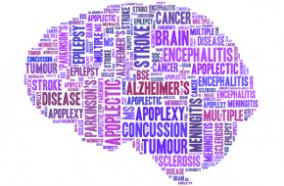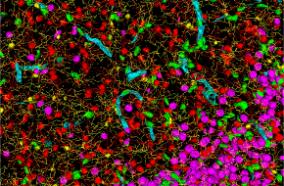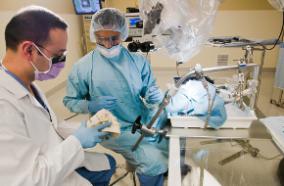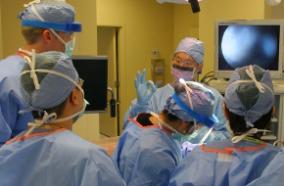Related Articles
An analysis and evaluation of the WeFold collaborative for protein structure prediction and its pipelines in CASP11 and CASP12.
Sci Rep. 2018 07 02;8(1):9939
Authors: Keasar C, McGuffin LJ, Wallner B, Chopra G, Adhikari B, Bhattacharya D, Blake L, Bortot LO, Cao R, Dhanasekaran BK, Dimas I, Faccioli RA, Faraggi E, Ganzynkowicz R, Ghosh S, Ghosh S, Giełdoń A, Golon L, He Y, Heo L, Hou J, Khan M, Khatib F, Khoury GA, Kieslich C, Kim DE, Krupa P, Lee GR, Li H, Li J, Lipska A, Liwo A, Maghrabi AHA, Mirdita M, Mirzaei S, Mozolewska MA, Onel M, Ovchinnikov S, Shah A, Shah U, Sidi T, Sieradzan AK, Ślusarz M, Ślusarz R, Smadbeck J, Tamamis P, Trieber N, Wirecki T, Yin Y, Zhang Y, Bacardit J, Baranowski M, Chapman N, Cooper S, Defelicibus A, Flatten J, Koepnick B, Popović Z, Zaborowski B, Baker D, Cheng J, Czaplewski C, Delbem ACB, Floudas C, Kloczkowski A, Ołdziej S, Levitt M, Scheraga H, Seok C, Söding J, Vishveshwara S, Xu D, Foldit Players consortium, Crivelli SN
Abstract
Every two years groups worldwide participate in the Critical Assessment of Protein Structure Prediction (CASP) experiment to blindly test the strengths and weaknesses of their computational methods. CASP has significantly advanced the field but many hurdles still remain, which may require new ideas and collaborations. In 2012 a web-based effort called WeFold, was initiated to promote collaboration within the CASP community and attract researchers from other fields to contribute new ideas to CASP. Members of the WeFold coopetition (cooperation and competition) participated in CASP as individual teams, but also shared components of their methods to create hybrid pipelines and actively contributed to this effort. We assert that the scale and diversity of integrative prediction pipelines could not have been achieved by any individual lab or even by any collaboration among a few partners. The models contributed by the participating groups and generated by the pipelines are publicly available at the WeFold website providing a wealth of data that remains to be tapped. Here, we analyze the results of the 2014 and 2016 pipelines showing improvements according to the CASP assessment as well as areas that require further adjustments and research.
PMID: 29967418 [PubMed - indexed for MEDLINE]



















